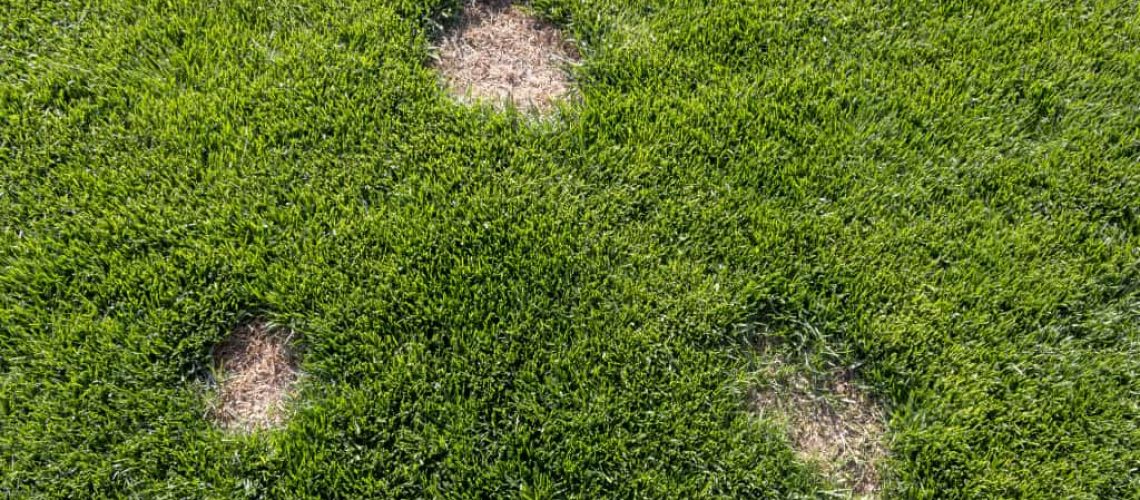The only time that the grass becomes greener on the other side is when you have a fully-functional irrigation system that will keep your lawn lush and green. The hot and humid weather can be harsh to your plants. This is why most homeowners routinely check their irrigation system to make sure that it will supply the right amount of water to the lawn in summer. You do not have to take any drastic measures to keep your sprinkler and irrigation system in top condition. These maintenance tips will help you get started.
1. Inspect your irrigation system at least once a month.
More often than not, it is too late for homeowners to discover that their lawn irrigation system is not working properly due to lack of maintenance. By scheduling a monthly inspection, you will be able to have an idea if there are components that need to be replaced. Routine maintenance is not a costly endeavor. In fact, it is a good practice that can save you money. Aside from ensuring yard safety and proper water flow, you also save yourself from spending money on replacing the irrigation system completely. Your lawn irrigation system must be checked twice a year at the very least.
2. Check the sprinkler heads
Examining the sprinkler heads is also necessary as screws might have loosened or the heads might be missing. Faulty sprinkler heads can cause inconsistent spraying. The problem can be due to the broken or cracked casing. You can address the problem by cleaning and resetting the heads. You can also consider replacing them to maximize their effectiveness. You will also need to check if the sprinkler heads are spraying the lawn in a consistent manner. If not, you have to adjust the heads. The water must be sprinkled throughout your lawn and not on the sides of your house or the sidewalk.
3. Locate any dry spots
One sign that your irrigation and sprinkler systems are not working properly is when there are areas of your lawn that are not getting the attention they need. In this case, you will need to adjust the sprinkler heads again so it can reach the dry spots. The problem might also have to do with the limited coverage of your sprinkler system. You can address the problem by adjusting the valves as this will cause the water pressure to increase.
4. Inspect the irrigation system for signs of leakage
Even regular maintenance cannot spare your irrigation system from damage caused by tree roots, extreme weather, and sharp gardening tools. The damage can cause leaks in the pipes and valves of your lawn irrigation system. Take time to inspect the pipes and valves for any sign of leaks. Consider replacing the pipes and valves if you have spotted signs of leakage. If you do not immediately address the issue, your utility bills can suffer and your lawn will be deprived of receiving the amount of water it deserves.
5. Add a rain sensor
There are instances when a lawn irrigation system continues to run even when the ground no longer requires additional watering. Again, this is a waste of water. Install a rain sensor so you can conserve water. New irrigation systems are already equipped with this feature. If you do not have a rain sensor installed yet, adding one to your irrigation system is a good idea so you can use less water.
If despite your maintenance efforts you still find signs of irrigation system damage, you should call a professional right away to inspect your irrigation system. Being prepared before any issues with your sprinkler and irrigation system arise can prevent costly repairs.
R & R Sprinkler & Landscape
931 SE 11th Avenue
Cape Coral, FL 33990
(239) 772-2607


